|
New Earth - Solitude Observation Station |
Synopsis: Proposing a cuboctahedron structure that resemble a spaceship that can be used as a meditation spot. The artist believed the mindfulness and awareness in spiritualism and ecology is interconnected and we need to heal the man to heal the land and vice versa.
"Returning to the Source is Stillness,
Which is the way of nature.
The way of nature is unchanging"
- Lao Tsu
"Look deep into nature,
and you’ll
understand everything better"
- Albert Einstein
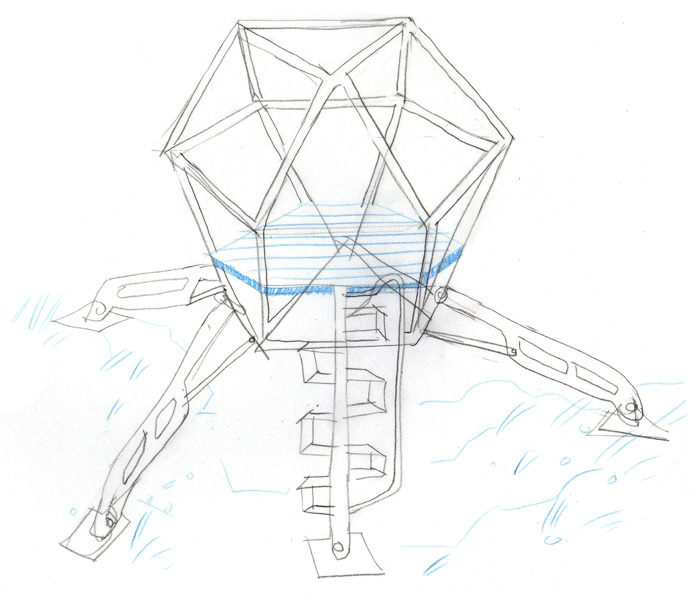
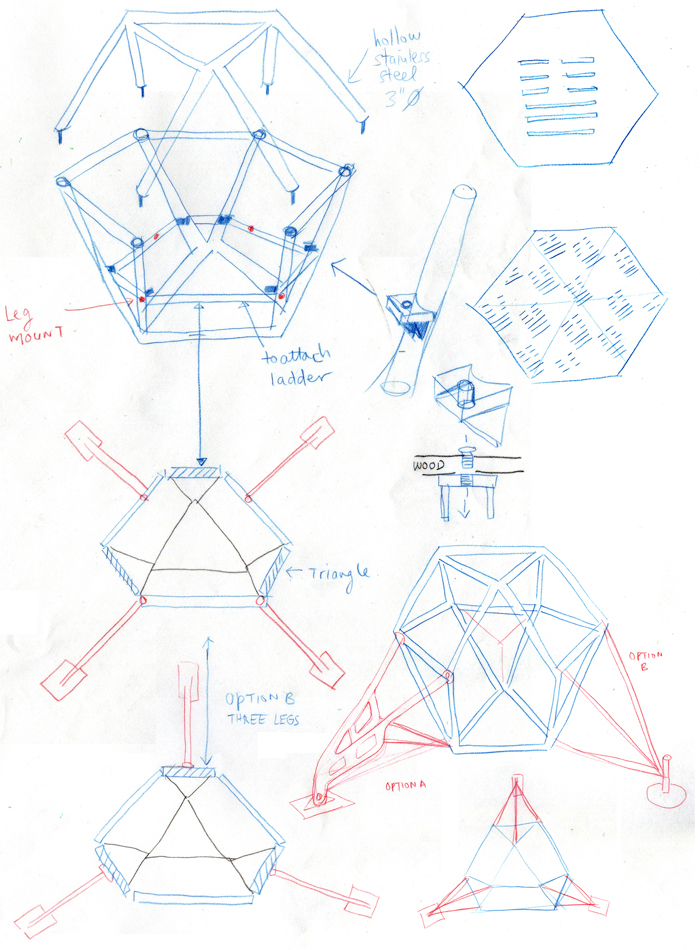
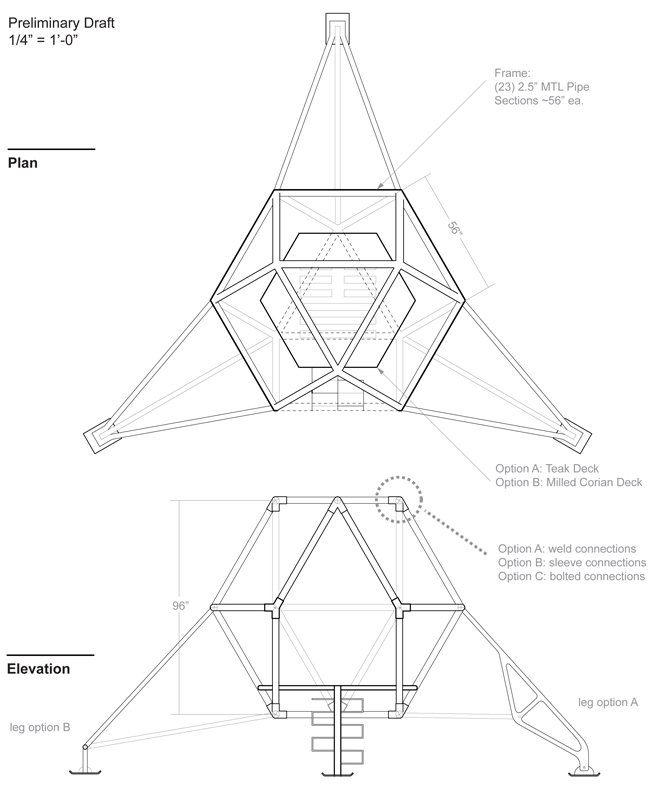
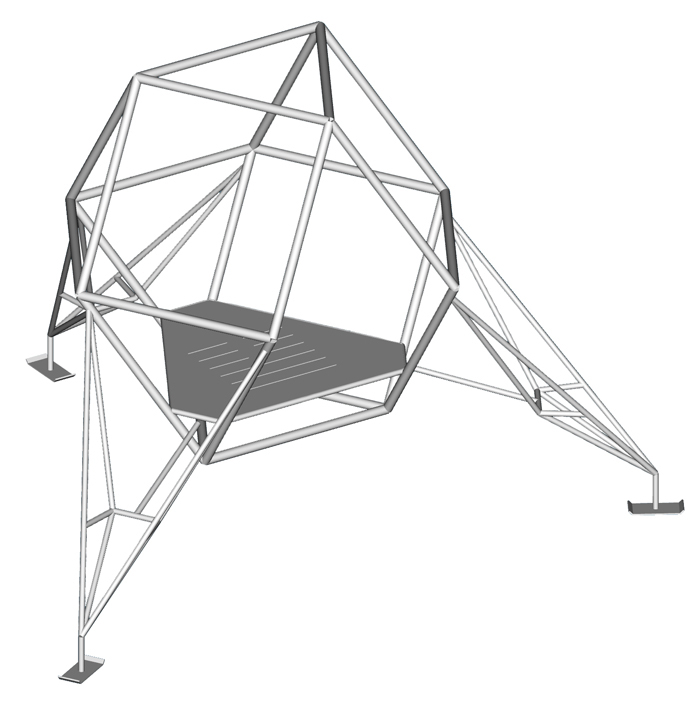
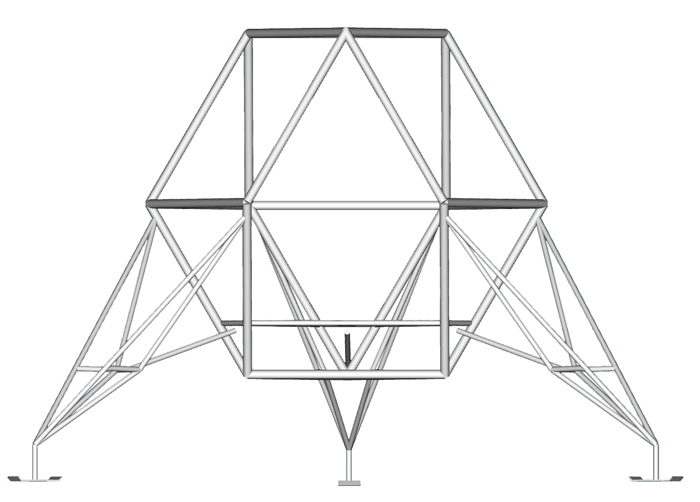
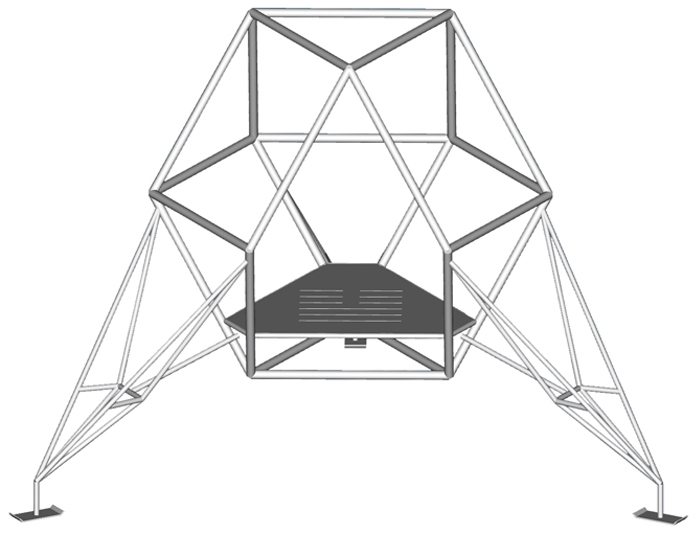
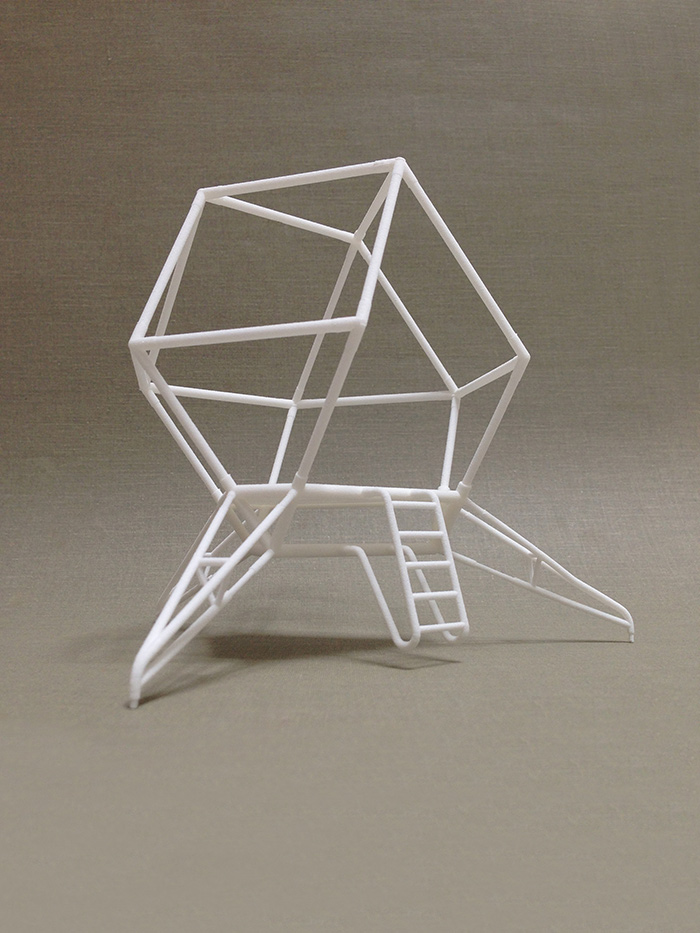
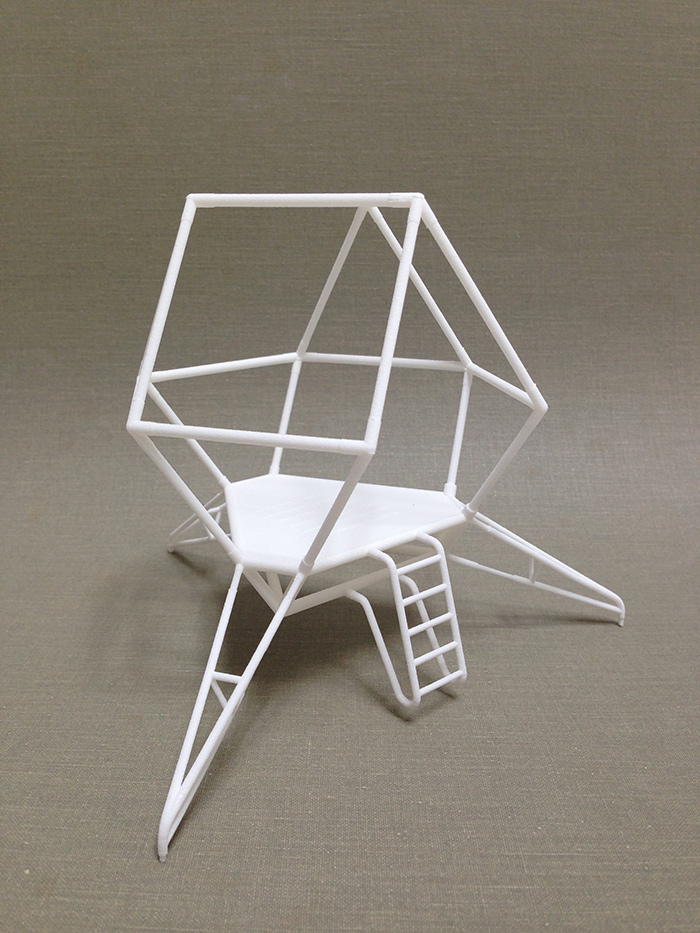
Design team: Andrew Weigand
Rational for solitute:
Busyness in the Tibetian tradition is consider the most extreme form of lazyness. Because when you are busy you can turn your brain off. You’re on the treadmill. We are running from ourselves and use the busyness of our lives as an excuse to avoid having to actually live our own life. We are terrified of the who we actually are, terrified of the innerspace that is the basis of the human experience. We are actually incapable of being alone-of any work that requires genuine solitute.
we are condition in a certain way that we had lost some of our senses, I mean common senses, we can only see through a pinhole instead as a whole. Like animal that is caged and grew up with a caretaker, we end up with imprinting in our world view about life, nature and our connection with it. Our education system fail us, believe dogma is restrictive and being hijack. We lost knowledge, wisdom, myth, stories, taboo that was pass down by generation. We believe in media and read nutrition facts on an edible item instead of able to find and forage food in nature. We should be able to sense balance, ying and yang. We lost that, we need to re-establish conscience. Premodial nature inside of us need to get back to the essense of the wholeness. We need to heal and we need to heal ourselves and Gaia together.
solitude — present — aware — empathy — action
Solitude Observation Station structure rational:
Solitude Observation Station is using the structure of Vector Equilibrum to achieve strength in the structure, with the underlaying energy field of the torus, it will enhance meditation practice when one is sitted on the platform. Based on Buckminster Fuller’s Operating Manual for Spaceship Earth that relates Earth to a spaceship flying through space with the sun as our energy supplier. “We are all astronauts”. The spaceship has a finite amount of resources and cannot be resupplied. The idea of the earth is as a mechanical vehicle that requires maintenance, and that if you do not keep it in good order it will cease to function. So far we are sloppy and did a bad job in housekeeping.
Borrowing the visual and embedded language of a spacecraft and combining the shape of VE/torus, I formulate a meditation or observation platform. A spaceship shape also added a layer of playfulness tailored for the young ones.

The torus is nature’s way of creating
and sustaining life and it can serve as
a template for sustainability. The energy
that is in the torus is from both from the
being and nature. The torus appears to
rely on one core recurring pattern to
evolve life at every scale.
It is a donut
shaped energy vortex that you
can see everywhere
from atoms to galaxies and
beyond.
|
The underlying structure of the torus
is the Vector Equilibrium, or “VE.” It
is the blueprint by which nature forms
energy into matter. Buckminster Fuller,
one of the 20th Century’s most prolific inventors, coined the term Vector Equilibrium. He named it because the
“VE” is the only geometric form where
all forces are equal and balanced. The energy lines (vectors) are of equal
length and strength. They
represent the energy of attraction and repulsion,
like
you can feel with a magnet.
|
The energy profile on the
Solitude Observation Station
when someone is standing or
sitting on it.
|
"I will say, from my own belief and
experience, that imagination thrives
on contact, on tangible connection.
For humans to have a responsible
relationship to the world, they must
imagine their places in it. To have a place,
to live and belong in a place, to live from
a place without destroying it, we must
imagine it. By imagination we see it
illuminated by its own unique character
and by our love for it. By imagination we
recognize with sympathy the fellow
members, human and non human, with
whom we share our place. By that local experience we see the need to grant a sort
of preemptive sympathy to all the fellow members, the neighbors, with whom we
share the world. As imagination enables sympathy, sympathy enables affection.
And it isin affection that we find the
possibility of a neighborly, kind, and conserving economy"
-Wendell Berry
How to Practice Stillness
In our culture, stillness is regarded as lazy, as being stuck in inaction, as a negative.
It’s not. It’s an action, and a powerful one.
What’s more, it can change your day, and in doing so change your life.
You’re in the middle of a frazzled day, swamped by work and meetings and emails and interruptions, or hassled by kids and phone calls and errands and chores.
You pause. Stay still for a minute, and breathe. You close your eyes, and find a stillness within yourself. This stillness spreads to the rest of your body, and to your mind. It calms you, centers you, focuses you on what you’re doing right now, not on all you have to do and all that has happened.
The stillness becomes a transformative action.
Stillness can be a powerful answer to the noise of others. It can be a way to push back against the buzz of the world, to take control. It can remind you of what’s important.
Stillness, oddly, doesn’t come naturally to many people. So practice.
1. Start your day in stillness. Whether it’s sitting with a cup of coffee as the world awakes, or sitting on a pillow and focusing on your breath, stillness is a powerful way to start your day. It sets the tone for things to come. Even 5-10 minutes is great.
2. Take regular stillness breaks. Every hour, set an alarm on your computer or phone to go off. Think of it as a bell that rings, reminding you to be still for a minute. During this minute, focus first on your breathing, to bring yourself into the present. Let the worries of the world around you melt away — all that is left is your breath. And then let your focus expand beyond your breath to your other senses, one at a time.
3. When chaos roars, pause. In the middle of a crisis or a noisy day, stop. Be still. Take a deep breath, and focus on that breath coming in, and going out. Find your inner stillness and then let your next action come from that stillness. Focus on that next action only.
Let stillness become your most powerful action. It could change your life.
OVERVIEW from Planetary Collective on Vimeo.
|








